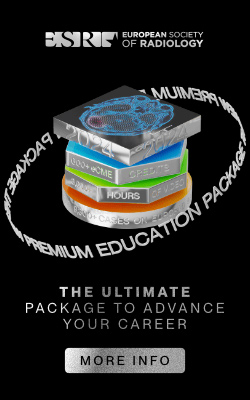Learning objectives
To become familiar with the sonographic appearance of a dorsocervical fat pad and a lipoma,
both of which could masquerade as a Buffalo hump.
To recognize a role of ultrasound in such differentiation and channeling appropriate treatment.
Background
The Buffalo hump is a common complaint,
often brought to medical attention due to cosmetic concern.
It is associated with endogenous or exogenous steroid excess (Cushing’s,
or other pituitary/adrenal tumors),
protease inhbitors use in antiretroviral therapy for HIV patients,
or obesity.
Specifically it refers to the prominent dorsocervical fat pad,
in which removal of the offending cause such as change of medications,
exercise and weight loss; with or without liposuction may lead to resolution.
However lipoma,
a benign neoplastic proliferation of adipose tissue,
when at...
Imaging findings OR Procedure Details
The prominent dorsocervical fat pad appears as an area of prominent soft tissue,
isoechoic to remainder of subcutaneous fat.
Septa may be seen within the fat pad but importantly there should not be significant displacement or mass effect on the surrounding.
In contrast,
a lipoma is commonly hyperechoic with internal linear striations.
Adjacent soft tissue appears displaced.
Elastography,
if performed,
may show higher mean strain of lipoma compared with the surrounding.
As with examination for all superficial lesions,
a linear high frequency probe with copious...
Conclusion
Ultrasound is a useful tool in evaluating patients with a buffalo hump,
differentiating a prominent dorsocervical fat pad from a lipoma.
Knowledge of their respective appearance and more widespread use may direct patients to appropriate management.
Personal Information
Dr.
WK Lo,
MBBS (hons),
FRCR
Department of Diagnostic and Interventional Radiology.
Kwong Wah Hospital,
Hong Kong
Email:
[email protected]


